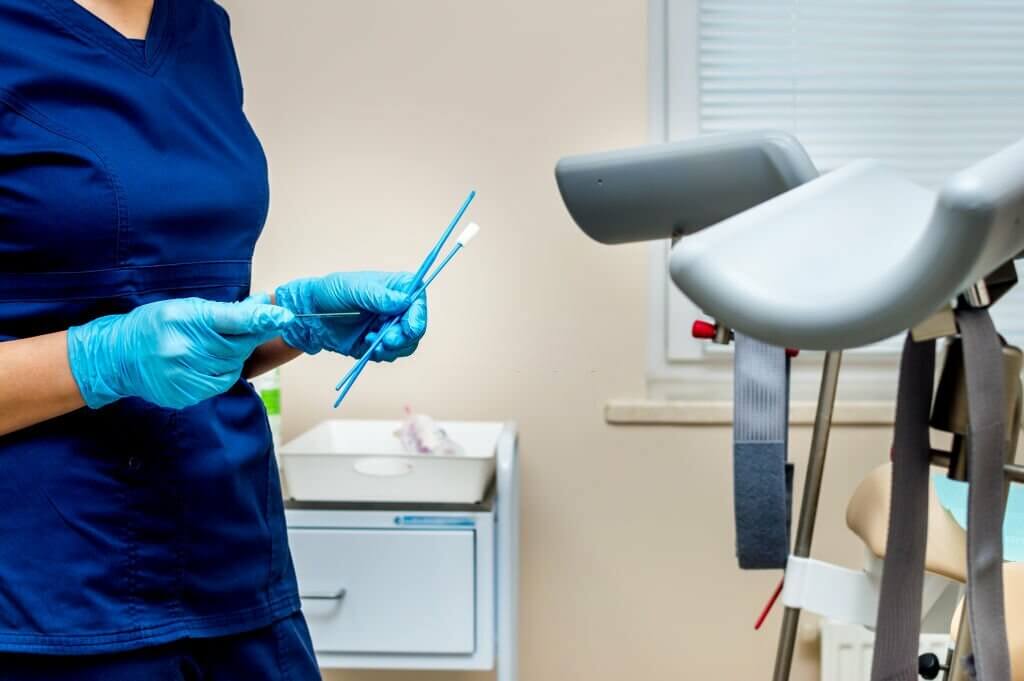News and Blogs
The Cervical Swab: Leading the Charge in Women's Diagnostics

The term 'cervical swab' may sound unfamiliar to some, but it's a fundamental tool in the world of women's health. It's more commonly recognized when discussed in the context of Pap smears or tests for sexually transmitted infections (STIs). Here, we'll break down the importance of cervical swabs, how they're used, and why they're vital for ensuring optimal health in women.
What is a Cervical Swab
A cervical swab is a diagnostic tool used to collect samples of cells from the cervix, the lower, narrow end of the uterus located at the top of the vagina. This sampling allows for the examination of the cells under a microscope, aiding in the diagnosis of various conditions, from infections to potential precancerous changes.
Types of Cervical Swabs
Cervical swabs are instrumental in collecting samples from the cervix for various diagnostic purposes. While the primary objective remains consistent — to retrieve cervical cells or secretion for analysis — the tools and types of swabs can vary based on the specific diagnostic need. Here's an overview of the different types of cervical swabs:
1. Traditional Cytobrush or Spatula
Used primarily for Pap smears, this method involves using a soft brush (cytobrush) or a spatula to scrape off a sample of cervical cells. The collected cells are then smeared onto a glass slide, which is fixed and sent to a laboratory for cytological examination.
2. Liquid-Based Cytology Swabs
In liquid-based cytology (LBC), the swab or brush used to collect the cervical sample is placed directly into a vial containing a liquid preservative rather than smearing it onto a slide. This method has grown in popularity because it offers a cleaner, clearer sample, reducing the number of inadequate samples and often eliminating the need for repeat testing.
3. Endocervical Swabs
These are long, thin swabs designed specifically to reach the endocervical canal. They're used when testing for infections like chlamydia or gonorrhea. The tip is usually made of cotton, rayon, or flocked material, which aids in the efficient collection of cervical secretions or cells.
4. Flocked Swabs
Flocked swabs have become more popular in recent years, particularly for molecular testing. Their unique design enhances the collection and release of cells. The fibers of flocked swabs are perpendicular to the swab stick, ensuring superior sample collection.
5. Polyester or Rayon-tipped Swabs
These swabs are often used for collecting samples for microbiological studies, such as determining the cause of bacterial vaginosis or trichomoniasis. They are effective in absorbing and releasing the specimen.
6. Viral Culture Swabs
While not specific just to the cervix, these swabs can be used to collect samples when a viral infection is suspected, such as human papillomavirus (HPV) or herpes simplex virus (HSV). They are made with materials that do not interfere with the viability of viruses.
7. Tampon Swabs
In some situations, tampons can be used for self-collection of samples. Once retrieved, the tampon is sent to a laboratory where it's processed, and the collected material is then analyzed.
Purpose and Importance
- - Screening for Cervical Cancer: The most well-known use of a cervical swab is for a Pap smear (or Pap test). Regular Pap smears can detect changes in cervical cells that might develop into cervical cancer if left untreated.
- - STI Testing: Cervical swabs can also identify the presence of certain sexually transmitted infections like chlamydia or gonorrhea. Early detection can prevent potential complications and further spread.
- - Vaginal Infections: Doctors may use swabs to determine the cause of vaginal infections, such as bacterial vaginosis or yeast infections.
The Procedure
A cervical swab is typically performed in a doctor's office. The patient is asked to lie on an examination table with her feet in stirrups. A speculum is then gently inserted into the vagina to hold it open, granting access to the cervix. A soft brush or spatula is used to scrape off a sample of cervical cells. The procedure is usually quick, with some women experiencing slight discomfort.
After the Swabbing
Once the sample is taken, it is sent to a lab for analysis. Results can take anywhere from a few days to a couple of weeks, depending on the test. It's essential for women to follow up with their healthcare provider to discuss any abnormal findings.
Recommendations
The American College of Obstetricians and Gynecologists (ACOG) recommends women begin Pap smear testing at age 21. The frequency of subsequent tests often depends on age, previous test results, and other risk factors. However, recommendations can vary by country and organization, so it's crucial to discuss with a healthcare provider about the best screening schedule for individual needs.
Cervical swabs are a foundational component of women's healthcare, enabling the early detection of potential health issues. By understanding the procedure and its importance, women can better advocate for their health and ensure they're taking necessary precautions and tests to maintain their well-being. Regular screenings and consultations with healthcare providers remain crucial in safeguarding one's health and addressing potential concerns promptly.
Click to View → Mantacc 95000LV Cervical Swabs
Related Posts
White Blood Cells in Cervical Swab Without Infection: Causes and Clinical Approach
Cervical Swabs vs Vaginal Swabs for Chlamydia and Gonorrhea NAATs






